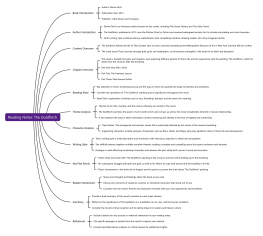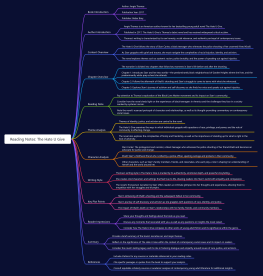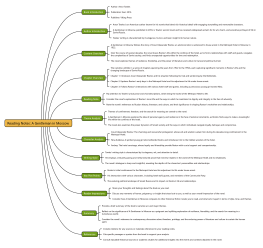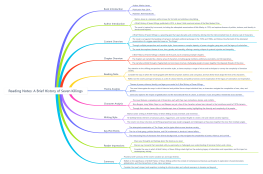
Course Design for Oceanography
2 Report
This comprehensive Oceanography course design mind map provides an in-depth exploration of the field, starting with an introduction that covers the definition, scope, history, and branches of oceanography, including biological, chemical, geological, and physical aspects. It delves into physical oceanography topics such as ocean circulation, waves, tides, and ocean-atmosphere interactions affecting climate and weather patterns. Chemical oceanography is detailed with discussions on seawater composition, biogeochemical cycles, and ocean acidification. Biological oceanography focuses on marine ecology, food webs, and conservation efforts. Geological oceanography examines seafloor topography, marine sediments, and plate tectonics. The course also emphasizes oceanographic techniques like remote sensing, sampling, and data analysis. Additionally, it addresses the societal impacts of oceans, including climate regulation, resource utilization, and human impacts. Future directions in oceanography highlight emerging technologies, research areas, and the importance of ocean literacy and public engagement. This structured approach ensures a thorough understanding of oceanography, its interdisciplinary nature, and its significance to society and the environment.
Related Recommendations
Other works by the author
Outline/Content
See more
Introduction to Oceanography
Definition and Scope of Oceanography
History of Oceanography
Branches of Oceanography: Biological, Chemical, Geological, Physical
Physical Oceanography
Ocean Circulation: Currents, Gyres, Upwelling, Thermohaline Circulation
Waves and Tides: Types, Formation, Effects
Ocean-atmosphere Interaction: Climate, Weather, El Niño-Southern Oscillation
Chemical Oceanography
Composition of Seawater: Salinity, Dissolved Gases, Nutrients
Biogeochemical Cycles: Carbon, Nitrogen, Phosphorus
Ocean Acidification: Causes, Consequences, Mitigation
Biological Oceanography
Marine Ecology: Habitats, Biodiversity, Trophic Structure
Marine Food Webs: Primary Production, Consumers, Decomposers
Marine Conservation: Threats, Conservation Strategies, Marine Protected Areas
Geological Oceanography
Seafloor Topography: Continental Margins, Ocean Basins, Mid-Ocean Ridges
Sedimentology: Types of Marine Sediments, Depositional Environments
Plate Tectonics and Seafloor Spreading
Oceanographic Techniques
Remote Sensing: Satellite Observations, Sonar, ROVs
Sampling and Data Collection: CTD Profilers, Water Sampling, Core Sampling
Data Analysis and Interpretation
Oceanography and Society
Role of Oceans in Climate Regulation and Weather Patterns
Ocean Resources: Fisheries, Minerals, Energy
Human Impacts on Oceans: Pollution, Overfishing, Climate Change
Future Directions in Oceanography
Emerging Technologies and Research Areas
Challenges and Opportunities
Ocean Literacy and Public Engagement
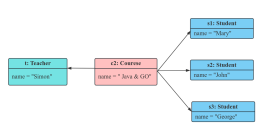
Collect
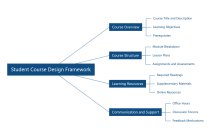
Collect
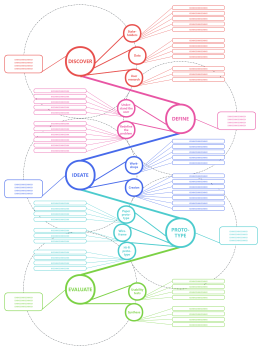
Collect
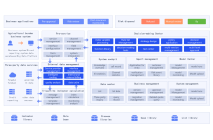
Collect

0 Comments
Next Page
